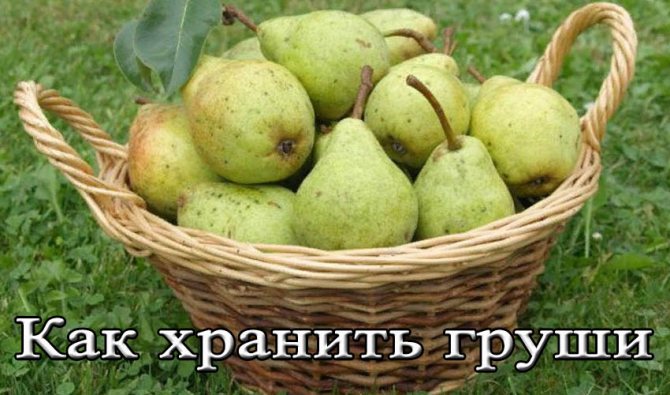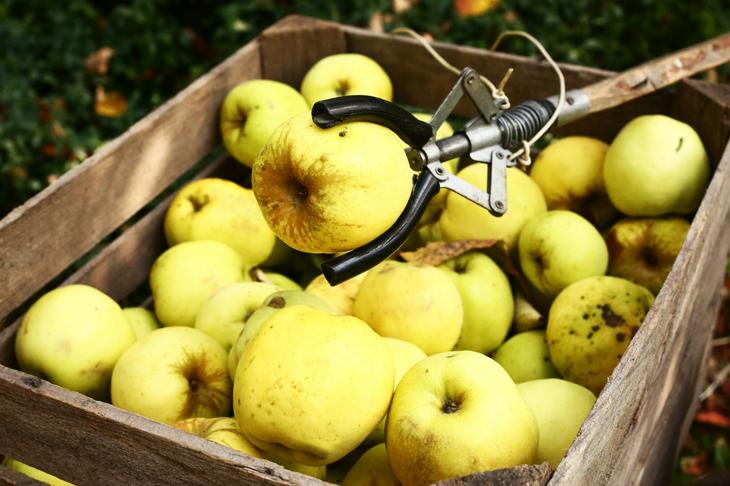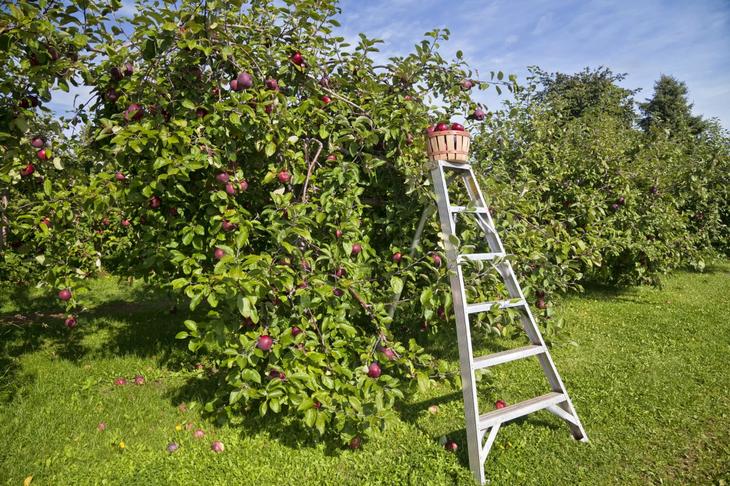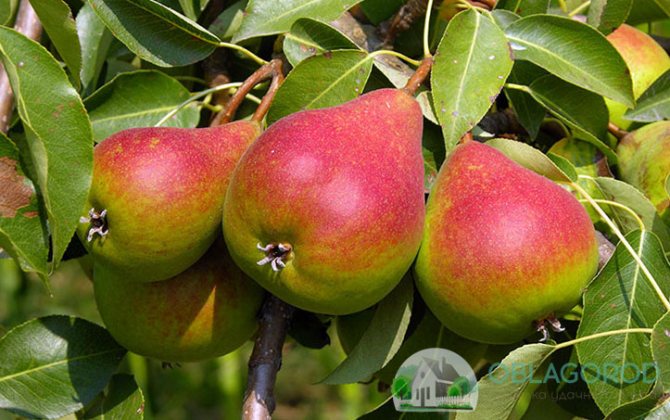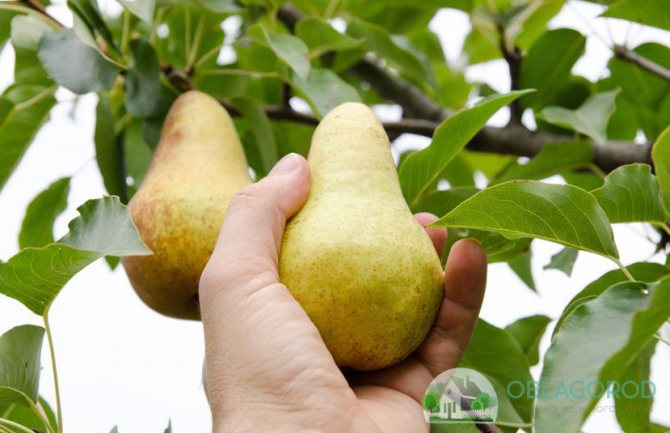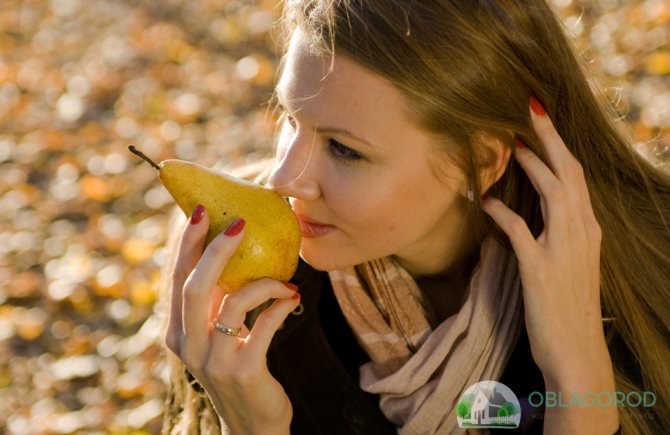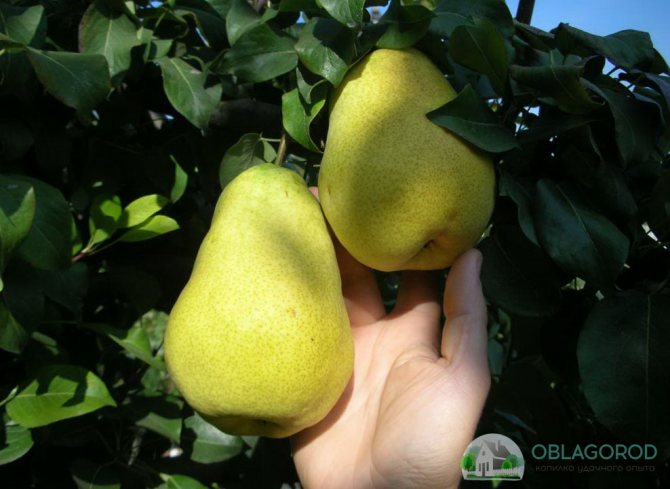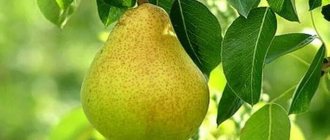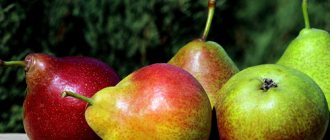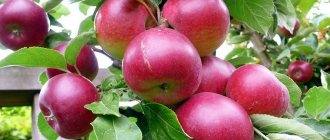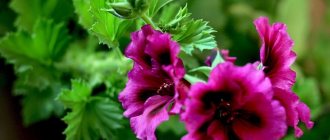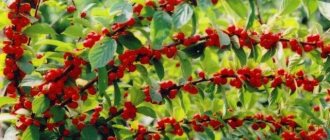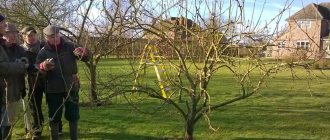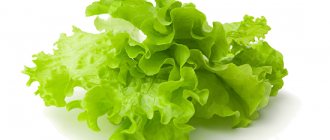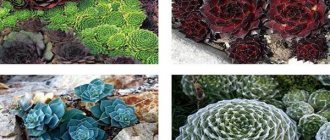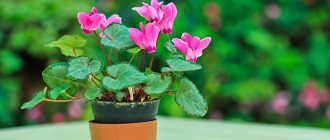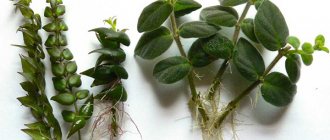It is important not only to get the harvest, but to preserve it correctly in order to please yourself and your family with the result. How to preserve pears so that the fruits do not deteriorate and do not lose valuable useful properties? For this, the optimal room for a long stay is selected, which meets important requirements: temperature and humidity level. Correctly harvested crops and compliance with storage requirements will allow you to save pears for the winter. Some varieties lie until January, and some can be stored until March.
Varieties for winter storage
All varieties of pears by the period of consumption are divided into:
- summer;
- autumn;
- winter.
Accordingly, only the latter are suitable for winter storage, which in turn are subdivided into:
- early winter - will last until the New Year;
- winter - with a maturation period of approximately February;
- late winter - you can feast on them even in April.
There are 151 pear varieties in the State Register of Breeding Achievements of the Russian Federation. Moreover, there are not so many winter ones among them. They are all listed in this table:

Winter pear varieties. Click on the picture to enlarge (will open in a new window)
Tip of the day
Choose a variety according to the climatic zone in which you live. The quantity and quality of the crop, as well as its safety, will depend on this.
Features of late ripening fruits
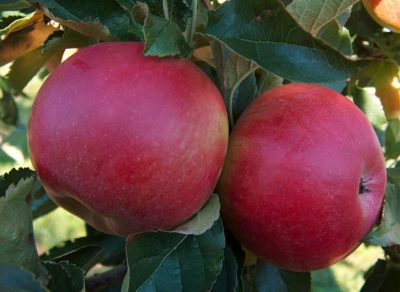

Fruits of winter varieties of apples have a harmonious taste and persistent aroma. They ripen by late September or early October, when other fruits are already harvested. The varieties removed from the branches in autumn (before frost) have a long shelf life.
They have larger fruits with a higher mineral content, especially potassium and iron. Apples contain pectin, vitamins B1 and B2, dietary fiber. The fruits have a firm peel, dense pulp consistency. They are suitable for long-term storage and transportation.
Factors affecting the timing of pear picking
For storage of pears for the winter, the fruits are removed upon reaching the removable maturity, which is subdivided into initial, medium and full.
Winter pears are usually harvested when they are fully ripe:
- the seeds turn brown;
- the fruits are easily separated from the tree.
In this state, the fruit has already accumulated enough nutrients necessary for respiration, ripening and reaching consumer maturity.
We also recommend reading:
Broccoli: how to store the most whimsical type of cabbage How to properly store green tomatoes so that they turn red and remain until the New Year How to store apples all winter in the cellar, in the ground, in the apartment, in the refrigerator How to store radish in the cellar and apartment in winter. Useful preparations for the winter
- With early removal, fruits that did not have time to complete growth wither faster and lose their taste.
- Delaying the harvest time can lead to overripening and browning of the pulp near the seed nest, as well as freezing and shedding of fruits.
Tip of the day
Harvest earlier from young trees with poor resistance to stress than from old ones - 5-10 days.
Pear with brown flesh. Early varieties of pears for the middle lane
Pear "Vidnaya"
Typical summer cultivar, a medium-sized tree with a narrow pyramid-shaped crown with curved, brown, bare and rounded shoots.Leaf blades are green in color, rather oblong, with a smooth surface. Pears reach a mass of 120 grams, have a slightly elongated pear-shaped shape, with tubercles on the surface. A very short stalk, set obliquely, and a small funnel are noted.
The fruits are greenish-yellow and have a slight pinkish tan on the south side of the fruit. If you take a closer look at the fetus, you will notice grayish subcutaneous dots. The pear's pulp is snow-white, very tender, with an abundance of juice. Tasters rate the palatability 4.4 points out of a maximum of five points. Of the positive qualities of the variety, it should be noted its high winter hardiness for central Russia and the yield, reaching 100 centners per hectare in some regions.
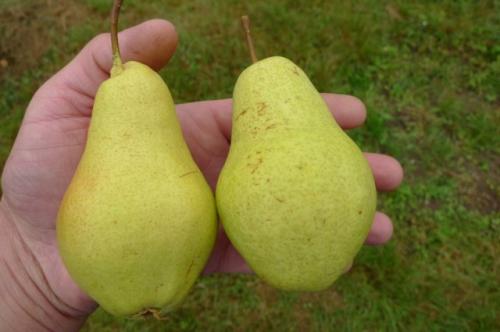

Pear Prominent. <>
Pear "Bryansk beauty"
Typical late summer variety, which is a medium-sized tree, weakly growing, with a crown in the form of a sparse ball with compact, brownish-brown color, geniculate, naked and rounded in shape shoots, the ends of which are directed upwards. The leaf blades are dark green in color, rather elongated, with a smooth, shiny surface.
Pears reach a mass of 205 grams, have a slightly elongated pear-shaped shape. The fruits are golden yellow and have a slight pinkish tan on the south side of the fruit. If you take a closer look at the fetus, you will notice grayish subcutaneous dots, the number of which is small. The pulp of the pear is creamy, very tender, moderately dense, with an abundance of juice. Tasters rate the palatability at 4.8 points out of the maximum five points, possibly also due to the pleasant pear aroma. Of the positive qualities of the variety, its early maturity should be noted - the fruits will have to wait only five years from the seedlings.
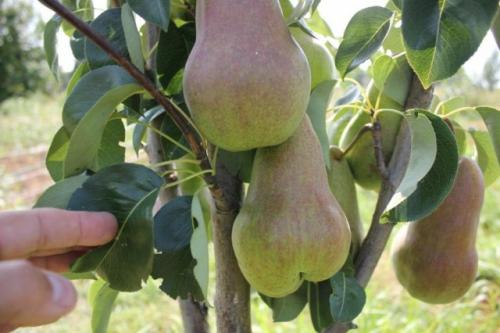

Pear Bryansk beauty. <>
Pear "The same age"
Typical late summer variety, which is a medium-sized tree with a crown in the form of a round compact pyramid of medium density. Pears reach a mass of 85 grams, are mostly pear-shaped, with a gloss on the surface. The fruits are golden yellow in color with a slight orange blush on the south side of the fruit.
The pulp of the pear is creamy, tender, medium in density, with an abundance of juice. Tasters rate the palatability 4.5 points out of a maximum of five points. Fruits become tastier after a little "lying" (within a week).
Pear "Banana"
Typical summer variety, which is a medium-sized tree with a drooping, medium-thickened crown and curved, brown, bare and rounded shoots. Leaf blades are green in color, rather oblong, with a smooth surface. Pears reach a mass of 80 grams, are pear-shaped, with a smooth surface. A very long and curved peduncle was noted, there is no funnel, as well as no rusting. The fruits are greenish and have a slight brownish-red tan on the southern side of the fruit. If you take a closer look at the fetus, you will notice greenish subcutaneous dots.
The pear's pulp is creamy, tender, with an abundance of juice. Tasters rate the palatability at 4.6 points out of the maximum five points (although gardeners note the fruit's fresh-sweet taste, but with a pleasant aroma). Of the positive qualities of the variety, it should be noted its high winter hardiness for central Russia and the yield, reaching 300 centners per hectare in some regions.
Pear "Skorospelka from Michurinsk"
Typical early summer variety, which is a medium-sized tree with a crown in the form of a rounded pyramid of medium thickening. Pears reach a mass of 70 grams, have a rounded pear-shaped shape. The fruits are yellow-green in color and have a slight pinkish tan on the southern side of the fruit.
The pear's pulp is creamy, tender, with an abundance of juice. Tasters rate the taste at 4.7 points out of the maximum five points (according to the reviews of amateur gardeners, the taste is sweet and sour, with a pleasant pear aroma). Of the positive qualities of the variety, it should be noted its relative resistance to scab and yield, reaching 200 centners per hectare in some regions.
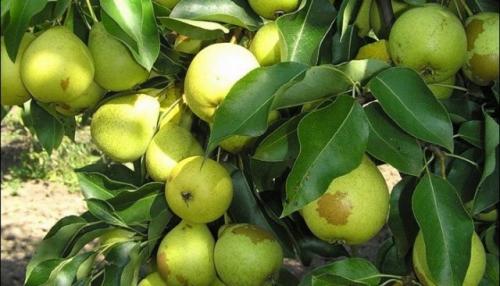

Harvesting
How to harvest pears to preserve your harvest at home:
- Clean on a clear day immediately after the dew has dried.
- Release the lower branches first, then the middle ones, and last the upper ones.
- Remove with the stalk - grasp the fruit with your palm, press with your index finger on the stalk at the junction with the fruit branch, lift the pear and move it aside.
It is impossible to twist and pluck pears - this will lead to pulling out the stalk, damage to the peel or breaking off the fruit rings.
Tip of the day
Store dry fruits no later than 3-5 days after harvesting from the tree. It should be remembered that the shorter the period from the moment of harvesting the fruits to placing them in storage, the longer they will lie.
Apples and pears. Which is healthier - an apple or a pear?
"Apple and pear trees were blossoming ...". Good song. And the apples are good. And pears? Well, pears are also good - they are immediately in second place after apples in the song ... An English proverb says: "One apple a day drives the doctor away." A pear? Pear does not drive? The pear has been forgotten here at all ... Maybe in vain? Is it far behind the apple? I personally love pears more than apples and have always wanted to know how healthy they are. Such a discriminatory proverb also made some Americans and Armenians seek truth and justice. And they arranged a competition for them - they conducted an exhaustive study on the averaged values of different varieties.
Storage conditions
Chill the fruit before placing it for long-term storage. It is convenient to do this at night when the air temperature drops. If this is not done, condensation will form on warm fruits under the influence of cold air in the storage, which will contribute to the development of rot.
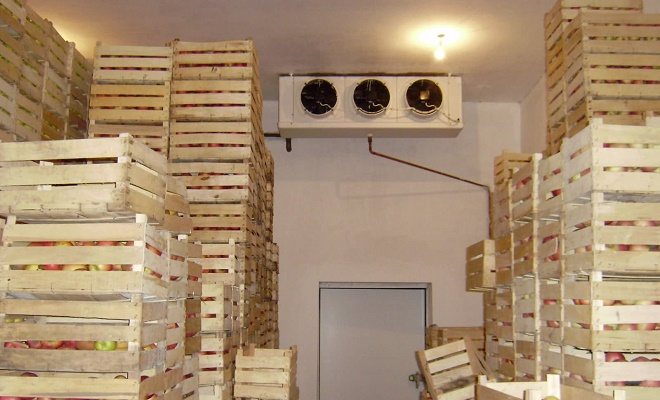

In production conditions, pears are cooled to 4-5 ° C in special chambers
Unlike apples, pears do not form a waxy coating on the peel during storage. They lose moisture faster thanks to their porous skin. Therefore, fresh storage requires:
- temperature from -1 to 0 ° C;
- relative humidity - 90-95%.
Do you know that…
Medium sized pears last best. Larger fruits, due to the friable pulp, quickly evaporate moisture, overripe and wither. Therefore, it is recommended to eat them first.
Preparing for bookmarking for the winter
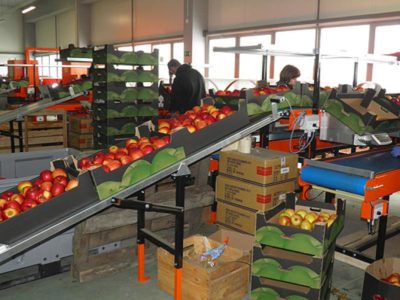

Apples must be prepared before being stored for a long time. The first step is sorting. The fruits are selected according to several parameters:
- size - small, medium, large;
- quality - whole peel, absence of wormholes and other damage, presence of a peduncle;
- variety - depending on the variety, apples differ in shelf life.
After harvesting, apples should not be left in the air for a long time; it is advisable to immediately send them to storage.
How to store pears at home
You can save pears at home in a cellar, pit, or in the refrigerator.
In a cellar or basement
Empty the storage area in advance. At least a month before laying, wash the room and disinfect it - treat the basement with sulfur dioxide:
- Burn lumpy sulfur on a metal sheet at the rate of 3 g per 1 m³.
- Close doors and ventilation.
- Ventilate the room well after 2-3 days.
How to store pears in the cellar for the winter:
- sort fruits by varieties and sizes;
- remove injured and diseased fruits;
- put the rest in a container.
For storage of pears are used:
- wooden boxes;
- carton boxes;
- plastic bags.
Fruits should be stacked with extreme care:
- Cover the box with a large sheet of paper, put a layer of loose shavings on top.
- Place the pears diagonally, guiding the stalk between the fruits of the next row.
- Cover each layer with shavings. The number of layers (from 2 to 4) depends on the size of the pears.
- Place the shavings on top, cover with a lid so that there is no pressure on the fruits.
Wrap each of the most valuable fruits in tissue paper.
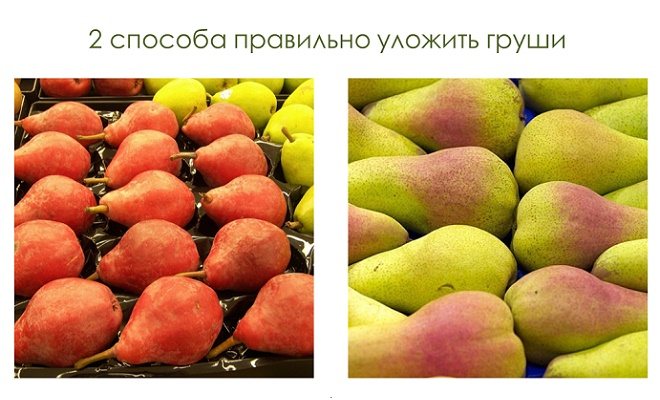

Methods for storing pears
Tip of the day
Put pears in plastic bags only when their temperature equals the air temperature in the cellar. Close or weld the bags tightly.
In the pit
Arrange pits away from groundwater. Depth - 1.2-1.5 m. Width and length depend on the amount of the crop.
Pears must be removed to the pits before the first frost:
- Pack the fruits in boxes as described above and lower them into the hole.
- Leave a distance of 40-50 cm between the boxes and the top edge of the ground so that the fruit does not end up in the freezing layer.
- Cover the hole with boards, straw or dry leaves and cover with soil.
- A pipe with a diameter of 5-10 cm, located in the center of the pit, will serve as ventilation.
Do you know that…
In the ground, the crop is stored even better than in the cellar. Stays fresh and juicy just like it was filmed.
In a refrigerator
Store fruits in sealed plastic bags in the refrigerator. Cool the fruits to the temperature of the air in the chamber before packing. To do this, put them in the vegetable compartment for a few hours.
Do you know that…
In an airtight environment, in the process of respiration of fruits, the oxygen content decreases, and carbon dioxide increases. Thus, pears themselves create a gas environment where they are best preserved.
Pear season is open: top 3 best recipes
Delicious curd casserole
Ingredients: Curd - 450 g Pear - 1 pc. Egg - 3 eggs Sugar - 70 g Corn starch - 50 g Vanilla sugar - 12 g Honey - 2 tsp. Butter - 2 tsp
Preparation: Whisk the egg yolks and sugar in a bowl until they increase in volume and whiten the mass. Add cottage cheese, starch and vanillin, mix well. Whisk the egg whites and salt until a damp and white foam forms rounded peaks. Gently add the whites to the curd mixture. Put the dough in a mold, having previously greased it with oil and sprinkled with flour.
Cut the pear into cubes. Put butter, honey and pear in a skillet and put on low heat. Stir. Cook until the fruit is slightly soft. Place the pear on top of the dough. Send the dish to an oven preheated to 180 degrees. Baking time - 1 hour. Cool dessert. Sprinkle with powdered sugar, garnish with mint and serve.
Delicious pear and apple dessert
Ingredients: Pears - 3 pcs. Apples - 2 pcs. Sugar - 2 tbsp. l. Allspice - ¼ tsp Caramel - 1/3 cup
Topping: Oatmeal - ¼ cups Brown sugar - ¼ cups Flour - 2 tsp. Oil - 3 tbsp. l. Walnuts - ¼ glass
Preparation: Combine the peeled and chopped pears, apples, sugar and allspice in a large bowl. Then place them on a greased baking sheet. Drizzle with caramel on top. Combine oatmeal, sugar and flour to taste and decorate our dish. Add cold butter, chopped nuts, and a sprinkle of apples and pears. Bake the dessert at 180 ° C for 45 minutes. The topping should turn brownish and the fruit should be soft. Let the dessert cool down a little. Before serving, pour over the juice that has come out of the fruit.
Appetizing pie:
For the filling: Pear - 900 g Sugar - 3 tbsp. l.
Preparation: Combine the sifted flour, egg, sliced butter, sugar and knead the shortbread dough. The dough must be wrapped in plastic wrap. Then put it in the refrigerator for two hours. Cut the peeled pear into wedges, removing the seeds.Line the bottom and sides of the mold with pre-rolled dough. Pierce the dough with a fork in several places. Place the pear slices sprinkled with sugar on it. Place in an oven preheated to 200 ° C for half an hour. For those who love baking, these recipes will become indispensable. Share these delicious pear cooking ideas with your friends.
Diseases of pears during storage
Diseases arise due to untimely harvesting of fruits and neglect of the rules when storing pears at home. Most often, fruit infestation occurs in the garden, and manifests itself during the storage period.
Fruits suffer from:
- bacteriological diseases - rot;
- physiological - sunburn, wet burn, browning of the core.
Make the first check of the safety of the crop 10-15 days after loading. In the future, check the quality of the fruit once a month. Remove spoiled fruits.
How to store for ripening
How to keep pears to ripen? In sand, perlite or vermiculite (see "5 reasons to use perlite and vermiculite for winter storage of vegetables, fruits, rhizomes, tubers and bulbs").
- Prepare a wooden barrel in your cellar or basement.
- Spread the harvested unripe pears on the floor in the store, cover with a cloth or paper and allow to air for 3-7 days daily.
- Pour a 5 cm layer of dry clean calcined sand, perlite or vermiculite on the bottom of the barrel.
- Arrange the fruits so that they do not touch each other.
- Sprinkle each layer of fruit with filler.
So pears ripen slowly and are stored for a long time without losing their aroma.
Can't age pears to maturity in the basement? Make a very simple recipe from the video out of them. In winter, thank you for the advice.
Knowing several ways to save pears for the winter, in late winter and early spring you will enjoy the juicy, fragrant fruits grown in your own garden.
Store properly and be healthy!
Definition of maturity
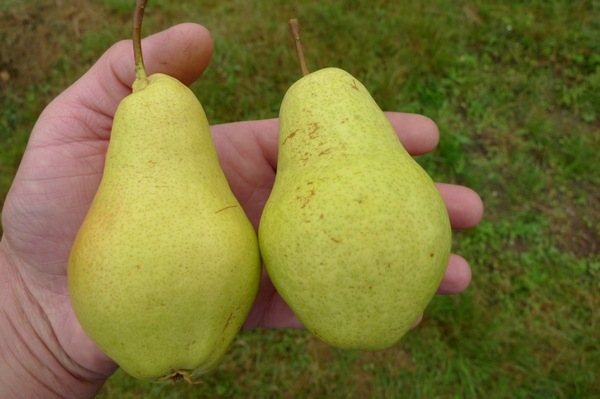

For pears to be stored longer, as well as to be eaten fresh, the fruits are plucked from the branches at the stage of botanical maturity. So far, no method has been found to accurately determine the ripeness of fruits under different climatic conditions. It is only needed for industrial horticulture. Indeed, if the timing of harvesting for storage or for processing is incorrectly determined, losses increase greatly.
Several methods have been developed to determine the stage of botanical maturity:
- by the color of the seeds;
- study of the amount of starch using iodine at different stages of ripeness;
- by color of fruits using a special scale, separate for each variety;
- by the difference in concentration in the pulp of dry and soluble components separately for different varieties;
- by calculating the sum of the temperature that is needed for the ripening of the fruits of certain varieties;
- using a penetrometer that measures the strength of the pulp;
- keeping statistics on harvesting in previous years.
Most of these methods do not allow us to accurately determine the harvest time and are applicable in practice only with numerous reservations. In private farms, crops are harvested relying on their own intuition and experience. Private traders know the composition of the soil of their own garden and weather conditions. After many years of observation, an experienced gardener can determine in which month to harvest for storage, and when for processing.


The most effective ways to determine the degree of removable ripeness of fruits in private farms:
- The fruits are easily detached from the branch. If the fruit is holding tight, it is too early to harvest the crop.
- A carrion appeared on the ground. At the same time, pears should not be damaged by pests or diseases. The crop is harvested when the healthy fruits of the current year's crop appear on the ground.
- Testing with iodine solution. The fruits are cut and iodine diluted with water at a concentration of 1:15 is applied to the cut. Light flesh indicates the ripeness of the fruit.If it has darkened, the pears are left to ripen.
- The shade of the peel next to the stalk and fruit becomes lighter at the stage of removable maturity. If the fruit is overripe, a purple tint appears, and the flesh becomes a deep yellow color.
- On ripe pears, dents appear when you press them with your fingers. Overripe fruit breaks the skin.
- In ripe pears, the seeds are dark brown in color.
On a note!
The ripeness of varieties of summer and early autumn ripening is determined by the taste of the fruit. If it matches the description of the variety, they begin harvesting.

